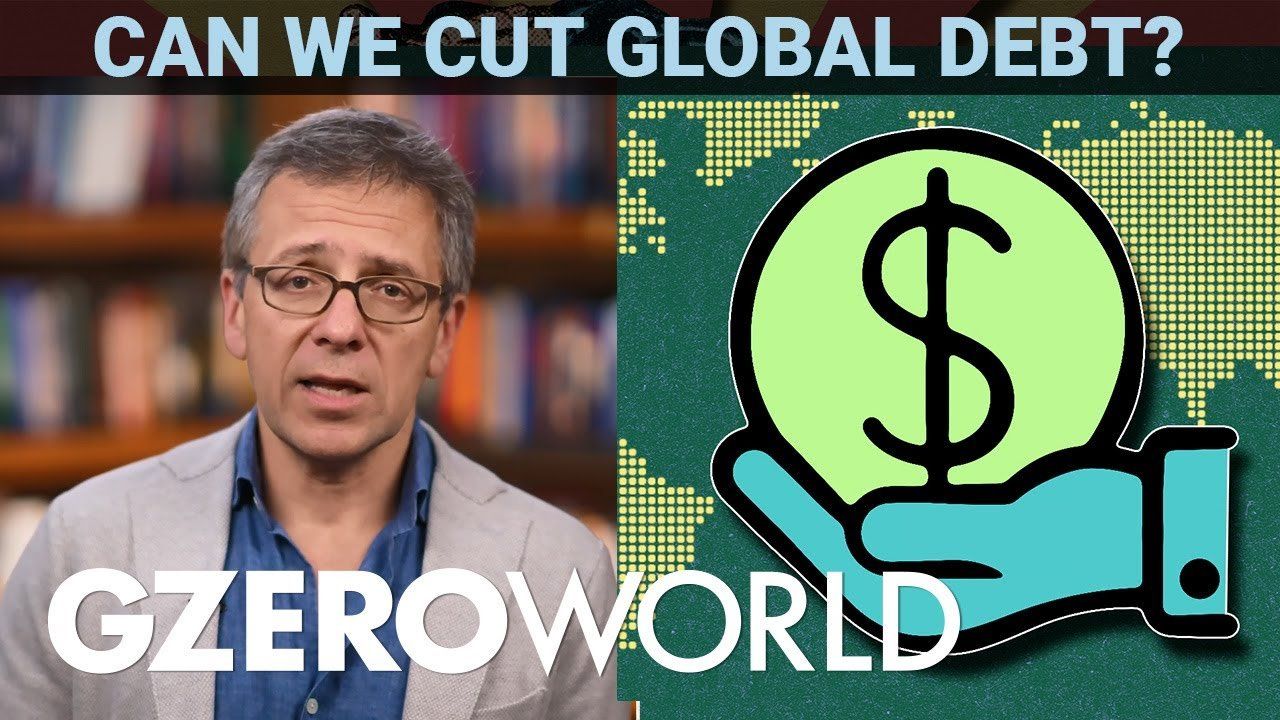Ian Explains
Ian Explains: Why is global debt so high?

Ian Explains: Why is global debt so high? | GZERO World with Ian Bremmer

As of 2023, global debt as ballooned to an eye-watering $300 trillion. That’s an average of $37,500 for every person on the planet.
Why is global debt so high? Decades of low interest rates and cheap good made money easy to borrow. Then, along came a pandemic which stalled growth and a war in Ukraine that drove food and energy prices through the roof.
While these crises impacted just about every nation on Earth, they didn’t react in the same way. The US and the European Union pumped trillions of pandemic stimulus money into their economies to keep them afloat, but poorer nations kept borrowing money they couldn’t afford to pay back. Now, an estimated 60% of those countries are facing debt distress and rising inflation means paying down those bills is more expensive.
Can the world do anything about the impending debt crisis before it’s too late?
On GZERO World, Ian explains what the debt problem means for the global financial system and whether it needs to be transformed to confront the economic realities of the developing world.
Global conflict was at a record high in 2025, will 2026 be more peaceful? Ian Bremmer talks with CNN’s Clarissa Ward and Comfort Ero of the International Crisis Group on the GZERO World Podcast.
Think you know what's going on around the world? Here's your chance to prove it.
Indian Prime Minister Narendra Modi isn’t necessarily known as the greatest friend of Muslim people, yet his own government is now seeking to build bridges with Afghanistan’s Islamist leaders, the Taliban.
The European Union just pulled off something that, a year ago, seemed politically impossible: it froze $247 billion in Russian central bank assets indefinitely, stripping the Kremlin of one of its most reliable pressure points.